Image credits: Baker Hughes Company. All rights reserved.
We are honoured to welcome Renato Magliacani and Federico Puccetti from Baker Hughes as presenters at the virtual edition of the Maintenance Analytics Summit. They will unravel their journey towards becoming a data-driven factory with a core of a cross-functional team of data scientists and manufacturing engineers who work hand in hand in generating insights from analytics.
We reached out to Renato and Federico for a few warm-up insights into what we will hear during their Maintenance Analytics Summit presentation.
Hyperight: Hi Renato and Federico, we are pleased to have you for the first time as speakers at the virtual edition of the Maintenance Analytics Summit. As a start, please tell us a bit about yourselves, your background and your roles at Baker Hughes.


Renato Magliacani: After a degree in Telecommunication Engineering at the University of Siena in 2003, I spent 12 years in a company focused in System Integration, Real-Time Monitoring Systems and Industrial Automation with growing responsibilities, from a System Engineer to Head of Engineering Department and R&D.
I joined Baker Hughes (formerly GE Oil & Gas) in 2015. Since then, I have been involved in Brilliant Factory Sensor Enablement projects that means IIoT applied to the Global Supply Chain to enable Industry 4.0 journey in the company’s Italian plants. In my current role, I am responsible for Asset & Tool Performance for all Baker Hughes owning the Digital Product Portfolio in this space and leading the program execution in more than 130 plants.
Federico Puccetti: I held an Industrial Engineering degree from the University of Pisa in 2005. I’ve spent 14 years with the company, covering different roles in manufacturing organization, with specific experience in CAPEX management, shop operations and facility management. Now I am responsible for the OPEX management and continuous improvement of facility and maintenance operations of Baker Hughes Turbomachinery & Process Solutions (TPS) Italian sites.


Hyperight: You are going to deliver a presentation on the topic Baker Hughes – Manufacturing Intelligence Center: our way to become a Brilliant Factory. How does Baker Hughes employ digital technology and IIoT to accelerate efficiency and as you say, become a brilliant factory?
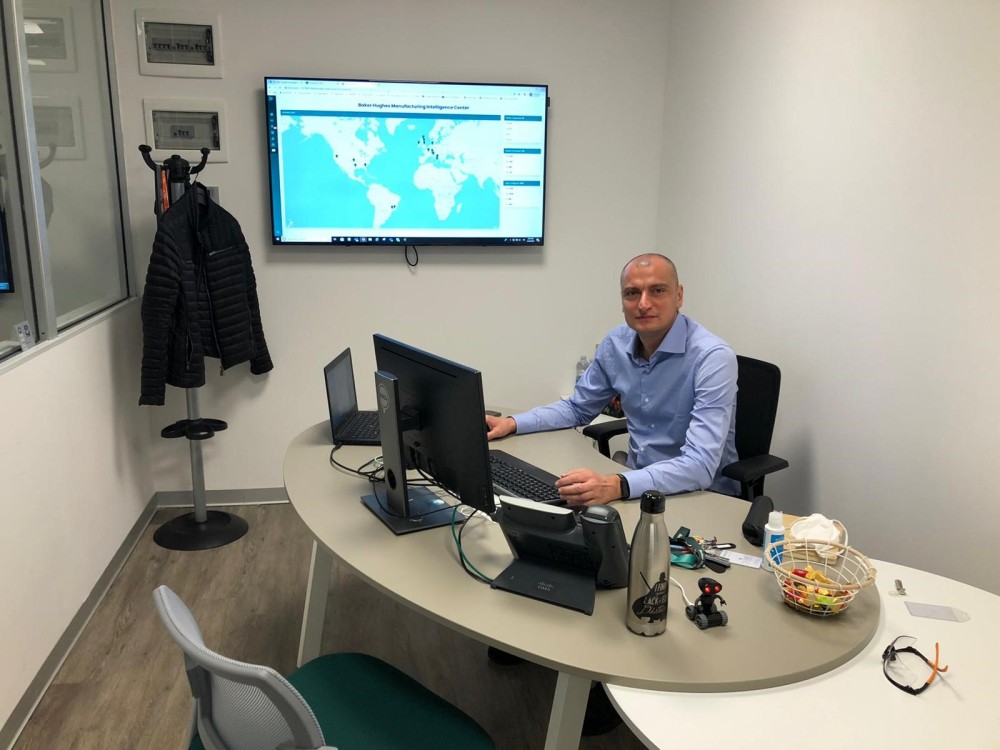

Renato Magliacani: The Brilliant Factory journey started five years ago, which included deploying standard OT network, properly secured through security IT controls, and connecting manufacturing equipment such as Numerical Control machines, EDM machines, ovens, pressure testbed in most critical plants in Baker Hughes enabling data readiness. Once data was available, we started to develop our product portfolio with off-the-shelf products as well as fully-owned applications, developed and supported internally.
After five years, we recently introduced a new initiative named Manufacturing Intelligence Center (MIC) where a cross-functional team works together developing analytics to generate insights and boost productivity in our shop floors.
In this area, we merged IT and OT, having Digital Technology Sensor Enablement team and data scientists that work together with manufacturing engineers, maintenance engineers, operation leaders to improve asset utilization and performance using standard KPIs like Overall Equipment Effectiveness (OEE). As part of the group, there is also the Process & Tools team that supports, supervises and coordinates the strategy of new tool implementation within the Supply Chain.
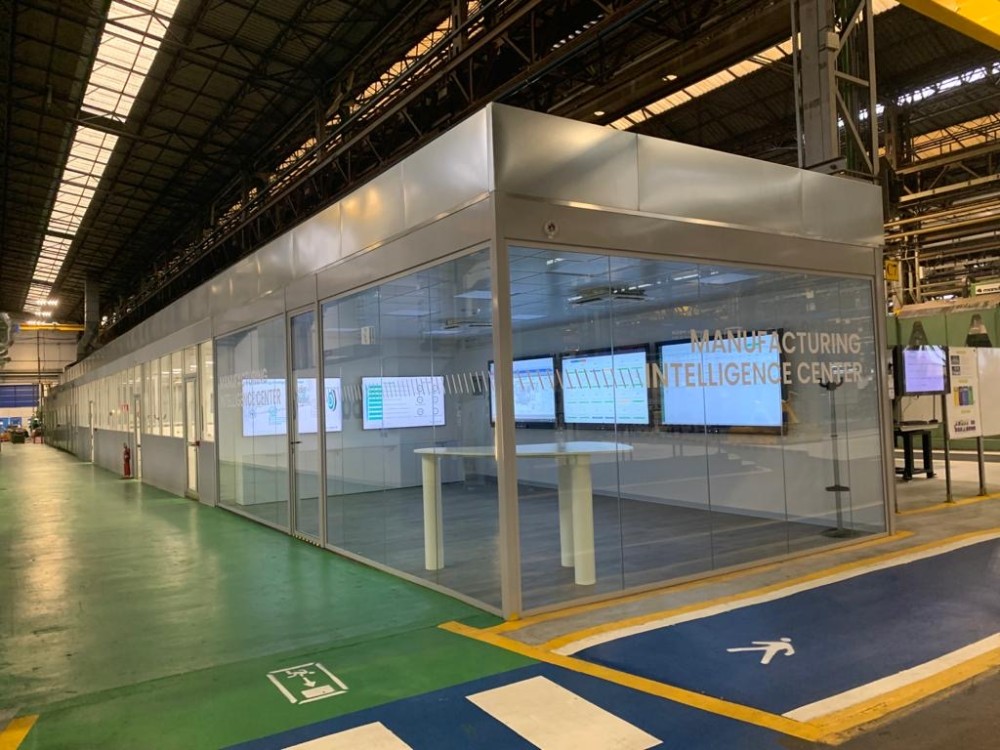

The MIC is based in Florence, Italy but it covers all Baker Hughes plants that have the standard sensor enablement blueprint infrastructure.
In fact, all the analytics that are developed in Florence are shared and re-used in all Baker Hughes plants, reinforcing the collaborative approach and a best practice sharing mindset that is a must for the Digital Transformation journey that we are pursuing in our company.
In order to become a Brilliant Factory, we are also leveraging Baker Hughes four values:
- Collaborate: One single team with a common strategy and vision involved directly in data-driven projects – boosting productivity with cross-pollination approach
- Lead: Well defined and structured team to lead strategy, development, execution, adoption – focused on the result, delivering on time, on budget and with quality across all Baker Hughes
- Grow: Cultivate the next generation of industrial engineers on real case studies – be ready for the next ten years challenges
- Care: Supporting tools, process and digital products – from project management to product management approach.
At the moment, the Manufacturing Intelligence Center covers the installed base listed below:
- 20 plants deployed with the Baker Hughes OT Network Blueprint
- More than 750 pieces of equipment connected to SCADA systems
- More than 11,000 tags configured
- 20 Million of data points collected daily
- 7 Billion data collected every year.


Hyperight: Industry 4.0 has transformed how manufacturing is done today. What we are seeing today is digital manufacturing in which digital twins allow us to monitor performance, effectiveness, and quality of assets relying on machine data. Could you summarise what have been the other most significant developments in manufacturing when it comes to AI and data analytics?
Renato Magliacani: A statement we all hear very often is that “Data is the new oil” and this is indeed true. I would reinforce this statement by adding “and like oil, it has to be refined to bring its entire value”.
In fact, if not collected in quality and supported properly with a solid infrastructure, data cannot be used to create analytics and insights.
You need a dedicated team to support the data collection and to fine-tune the analytics and KPIs and, of course, an operations team who starts a continuous improvement journey through data-driven initiatives. That is one of the reasons why we created the Manufacturing Intelligence Center – to provide continuity and build a digital backbone for the company. In global companies like ours, people change roles every two or three years. We cannot restart every time from scratch, forgetting all the lessons learned.
In our Industrial Internet of Things journey, we follow these steps:
- Visualize: provide real-time awareness to main functions in the shop;
- Analyze: provide standard KPIs like Overall Equipment Effectiveness (OEE), Pareto Analysis, Downtime Top Offenders, and Part Program and Tooling Analytics;
- Predict: provide insights to predict possible outages, as well as an analytics engine to estimate machining cycle time, based on historical data collected.
Data, like oil, has to be refined to bring its entire value.
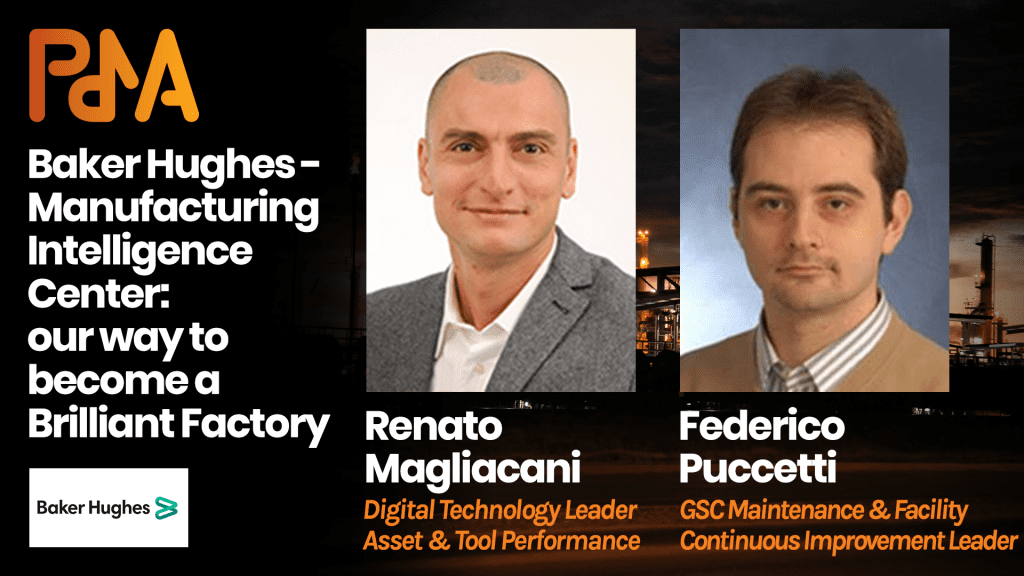

Hyperight: Although we are aware of the benefits of predictive and prescriptive maintenance, some companies still haven’t implemented them. What are the challenges that prevent companies from implementing predictive maintenance programmes? And what are the steps for them to surpass these challenges?
Federico Puccetti: I would say the first challenge is cultural. To implement an effective predictive maintenance system, you must believe this system will really help you in your daily maintenance activities, improving operations, asset reliability and effectiveness. A top-down implementation approach doesn’t usually work; the maintenance team has to activate the process, looking at the best way digital technology could possibly bring value to their activities and assets performance. The second challenge is people’s skillset. The Development team should be a mix of maintenance experts and developers/data scientists, looking at the best way to build the right processes and data utilization, developing common skills and being curious and passionate about each other’s activities. The right team is really critical to success for a good project.
Last but not least, a final challenge is data quality. A data quality step should always be a milestone of every single project of predictive maintenance. Verifying correctness and consistency of the data is the foundation to build an architecture that will bring you the expected results.


Hyperight: Experts are talking about the next level of maintenance based on cognitive analytics where AI systems can autonomously learn from past actions, find correlations, learn from outcomes and give prescriptions. Do you see it happening any soon in the industry, what are your future outlooks for cognitive maintenance?
Federico Puccetti: Cognitive maintenance will be probably the future, not sure how fast it will come. Anyway, a great impulse to cognitive analytics should come from equipment producers, who will release additional value to customer operations, integrating AI systems into their product lines.



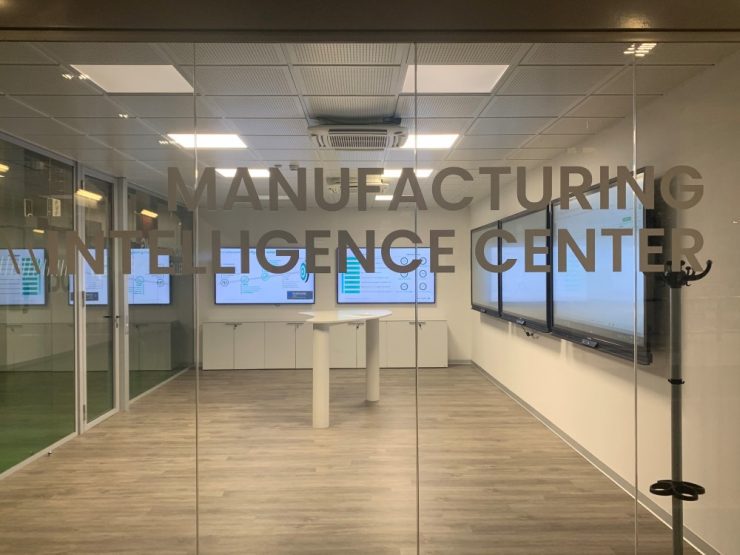

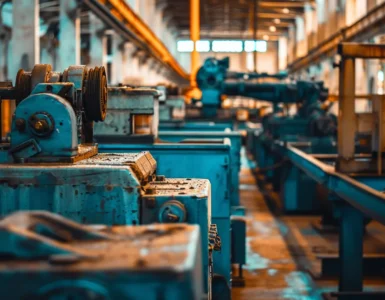










Add comment